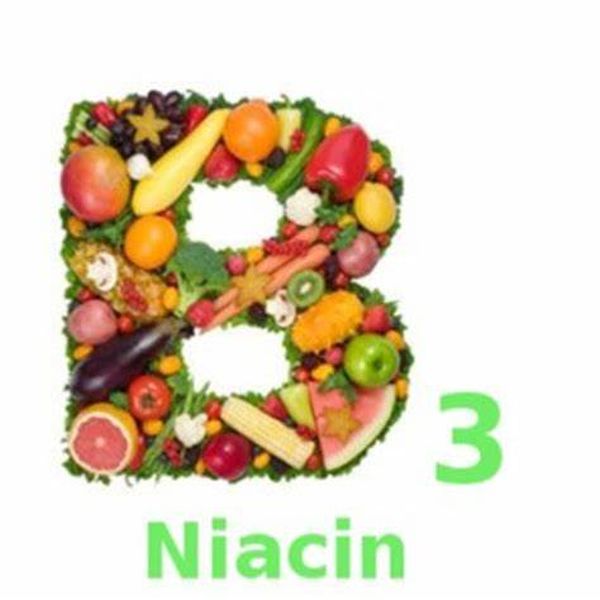Niacin belongs to vitamin B3, also known as niacin, anti-toady skin disease factor, molecular formula: C6H5NO2, chemical name 3-pyridine formic acid, thermal stability is good, can sublimate, often used in industry sublimation method purification niacin. Niacin is white or yellowish crystal in appearance, soluble in water, mainly exists in animal viscera, muscle tissue, fruit, egg yolk also has trace presence, is one of the 13 kinds of essential vitamins for the human body, belongs to the vitamin B group.
There are two types of nicotinic acid: immediate release and timed release. Most experts recommend starting with the immediate-release form; discuss with your doctor which type is best for you.
Nicotinic acid is inexpensive and widely accessible to patients without a prescription but must not be used for cholesterol lowering without the monitoring of a physician because of the potential side effects. (Nicotinamide, another form of the vitamin niacin, does not lower cholesterol levels and should not be used in the place of nicotinic acid.)
All tissues in the body convert absorbed niacin into its main metabolically active form, the coenzyme nicotinamide adenine dinucleotide (NAD). More than 400 enzymes require NAD to catalyze reactions in the body, which is more than for any other vitamin-derived coenzyme. NAD is also converted into another active form, the coenzyme nicotinamide adenine dinucleotide phosphate (NADP), in all tissues except skeletal muscle.
NAD and NADP are required in most metabolic redox processes in cells where substrates are oxidized or reduced. NAD is primarily involved in catabolic reactions that transfer the potential energy in carbohydrates, fats, and proteins to adenosine triphosphate (ATP), the cell’s primary energy currency. NAD is also required for enzymes involved in critical cellular functions, such as the maintenance of genome integrity, control of gene expression, and cellular communication. NADP, in contrast, enables anabolic reactions, such as the synthesis of cholesterol and fatty acids, and plays a citical role in maintaining cellular antioxidant function.
Most dietary niacin is in the form of nicotinic acid and nicotinamide, but some foods contain small amounts of NAD and NADP. The body also converts some tryptophan, an amino acid in protein, to NAD, so tryptophan is considered a dietary source of niacin.
Niacin (nicotinic acid) is used to prevent and treat niacin deficiency (pellagra). Niacin deficiency may result from certain medical conditions (such as alcohol abuse, malabsorption syndrome, Hartnup disease), poor diet, or long-term use of certain medications (such as isoniazid).
Niacin deficiency can cause diarrhea, confusion (dementia), tongue redness/swelling, and peeling red skin. Niacin is also known as vitamin B3, one of the B-complex vitamins. Vitamins help to support the body’s ability to make and break down natural compounds (metabolism) needed for good health. Niacinamide (nicotinamide) is a different form of vitamin B3 and does not work the same as niacin. Do not substitute unless directed by your doctor.
The evidence indicates that nicotinic acid supplementation improves blood lipid profiles but has no significant effects on risk of cardiovascular events. Although nicotinic acid is a nutrient, if very high doses (thousands of mg) are taken to treat hyperlipidemias, the supplement is being used as a drug. Such doses should only be taken with medical approval and supervision.
Post time: Mar-27-2020
